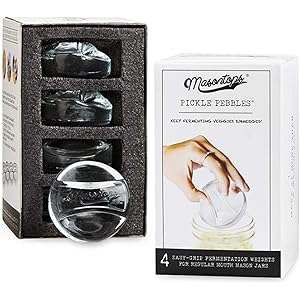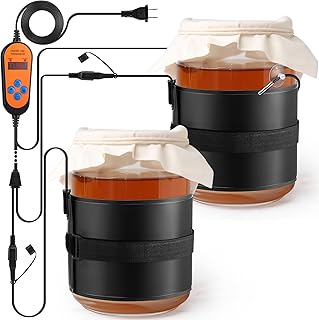Understanding Barleywine
Barleywine is a strong ale that originated in England, characterized by its high alcohol content, typically ranging from 8% to 12% ABV. This beer style is known for its rich, malty sweetness, which is often complemented by fruity and nutty flavors. The brewing process involves a significant amount of malt, which contributes to its full-bodied nature. Barleywines can be either English or American, with the former being more malt-forward and the latter showcasing a more pronounced hop presence.
Exploring Imperial Stout
Imperial stout is another robust beer style, originating from England, but it has gained immense popularity in the craft beer scene. With an ABV that usually exceeds 8%, imperial stouts are known for their dark, rich flavors, often featuring notes of chocolate, coffee, and roasted malt. The brewing process for imperial stouts typically involves a variety of specialty malts, which contribute to their complex flavor profiles. This style can also include adjuncts like vanilla, bourbon, or spices, enhancing its depth and character.
Flavor Profiles: Barleywine vs Imperial Stout
When comparing barleywine and imperial stout, one of the most notable differences lies in their flavor profiles. Barleywines tend to be sweeter and more syrupy, with a strong emphasis on malt sweetness and caramel notes. In contrast, imperial stouts offer a more roasted flavor, with bitter chocolate and coffee notes dominating the palate. While both styles can exhibit fruity characteristics, barleywines often lean towards dried fruit flavors, whereas imperial stouts may present more of a dark fruit profile.
Alcohol Content Comparison
Both barleywine and imperial stout are known for their high alcohol content, but there can be variations within each style. Barleywines typically range from 8% to 12% ABV, while imperial stouts often exceed 8% and can reach up to 12% or more. This higher alcohol content contributes to the warming sensation often associated with both styles, making them ideal choices for sipping and savoring, particularly in colder months.
Brewing Techniques: Barleywine vs Imperial Stout
The brewing techniques for barleywine and imperial stout can differ significantly. Barleywines often involve a longer boil time and a higher mash temperature, which helps extract more sugars from the malt. This process results in a thicker, more viscous beer. On the other hand, imperial stouts may utilize a method called “steeping,” where specialty grains are steeped in hot water to extract flavors without adding excessive sweetness. This technique allows for a more balanced beer with a complex flavor profile.
Get more content like this!
Sign up to receive updates and new terms first hand.
Serving Suggestions
When it comes to serving, both barleywine and imperial stout benefit from being enjoyed at slightly warmer temperatures, typically around 50-55°F (10-13°C). This temperature allows the complex flavors to shine through. Glassware also plays a role; tulip glasses or snifters are ideal for both styles, as they concentrate the aromas and enhance the overall drinking experience. Pairing these beers with rich foods, such as chocolate desserts or hearty stews, can elevate the tasting experience.
Food Pairings: Barleywine vs Imperial Stout
Food pairings can enhance the enjoyment of barleywine and imperial stout. Barleywines pair well with rich cheeses, roasted meats, and desserts like bread pudding or caramel flan, as their sweetness complements these flavors. Imperial stouts, with their roasted characteristics, are excellent with grilled meats, chocolate-based desserts, and even spicy dishes, as the bitterness can cut through the richness of the food.
Ageing Potential
Both barleywine and imperial stout have excellent aging potential, allowing their flavors to evolve over time. Barleywines can develop more complex flavors as they age, with the malt sweetness mellowing and allowing for more nuanced fruity and nutty notes to emerge. Imperial stouts, on the other hand, can gain depth and richness, with the roasted flavors becoming more integrated and smooth. Proper storage in a cool, dark place can enhance the aging process for both styles.
Conclusion: Choosing Between Barleywine and Imperial Stout
Ultimately, the choice between barleywine and imperial stout comes down to personal preference. Those who enjoy sweeter, malt-forward beers may gravitate towards barleywines, while those who prefer rich, roasted flavors may find imperial stouts more appealing. Both styles offer unique tasting experiences and are worthy of exploration for any beer enthusiast.




